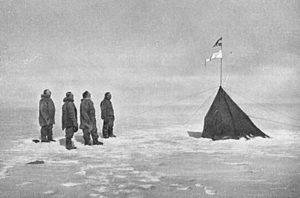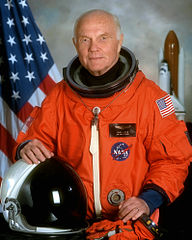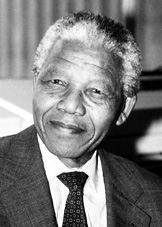
Gerald Ford
Gerald Rudolph Ford (born Leslie Lynch King, Jr., in Omaha, Nebraska, 1913; died Rancho Mirage, California, December 26, 2006) was the 38th president (1974-1977) of the United States. Ford was in the navy during World War II and was awarded ten battle stars. He was a congressman for thirteen terms. He was the only president not elected to either the presidency or the vice presidency. He was Speaker of the House when Nixon resigned from office. Because the vice president had resigned earlier, Ford became president. Children could visit a website at: Gerald Ford. Idea: Children could research the presidential line of succession.
Woody Guthrie (born Woodrow Wilson Guthrie in Okemah, Oklahoma, 1912; died New York, New York, October 3, 1967) was a singer and a songwriter. One of his most famous works is “This Land Is Your Land.”
Laura Joffe Numeroff (born Brooklyn, New York, 1953) is an author and illustrator. She has written at least 50 books, including If You Give a Mouse a Cookie and its many variations. Children can visit her website at: Laura Numeroff.
Peggy Parish (born Manning, South Carolina, 1927; died Manning, South Carolina, November 19, 1988) was an author. She is known for her Amelia Bedelia series. Her nephew Herman Parish continues to write Amelia Bedelia books. Children could learn more at: http://www.ameliabedeliabooks.com/.
Brian Selznick (born East Brunswick Township, New Jersey, 1966) writes and illustrates books for children. He earned the 2008 Caldecott Medal for The Invention of Hugo Cabret. Other books include Wonderstruck and The Houdini Box. Children can visit his website at: Brian Selznick.
Isaac Bashevis Singer (born Radymin, Poland, 1904; died Surfside, Florida, July 24, 1991) was a writer. He immigrated to the United States in 1935. He wrote in Yiddish, and he received the 1978 Nobel Prize for literature. Idea: Children could read some of the parts of Stories for Children, published in 1934.




